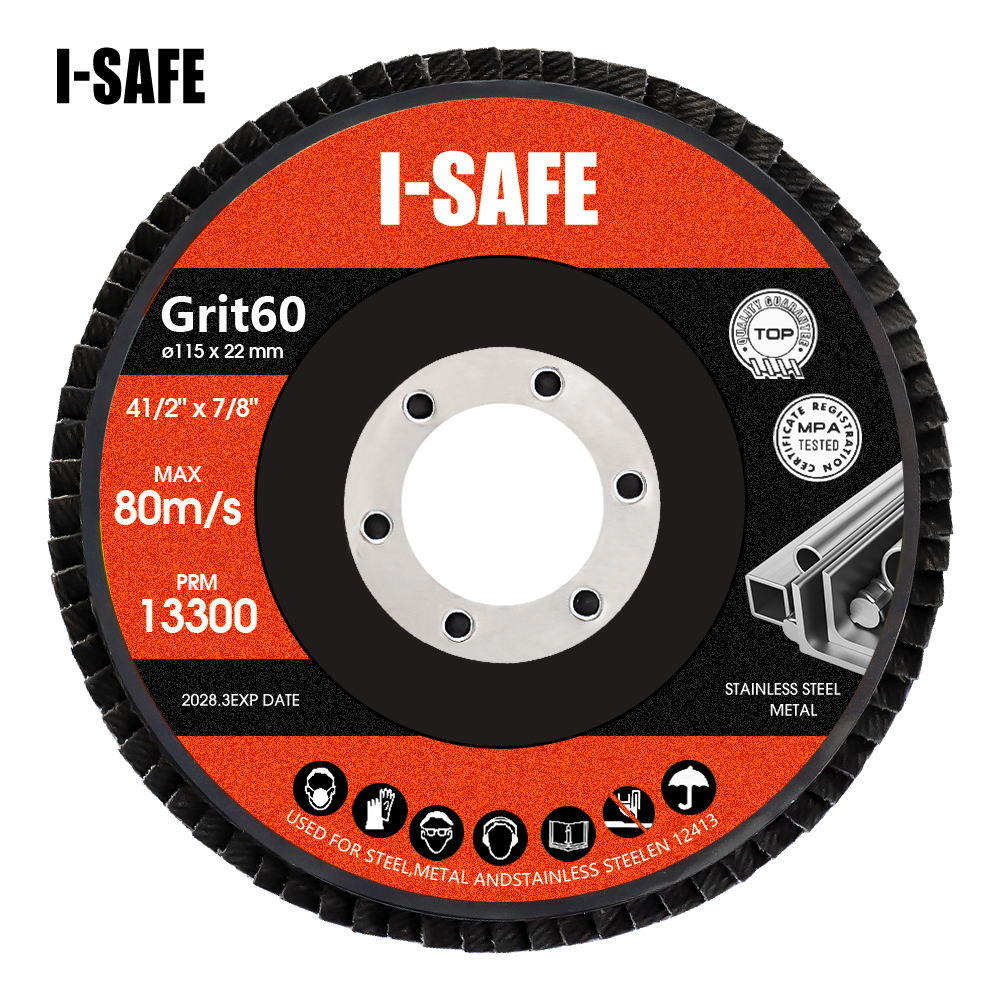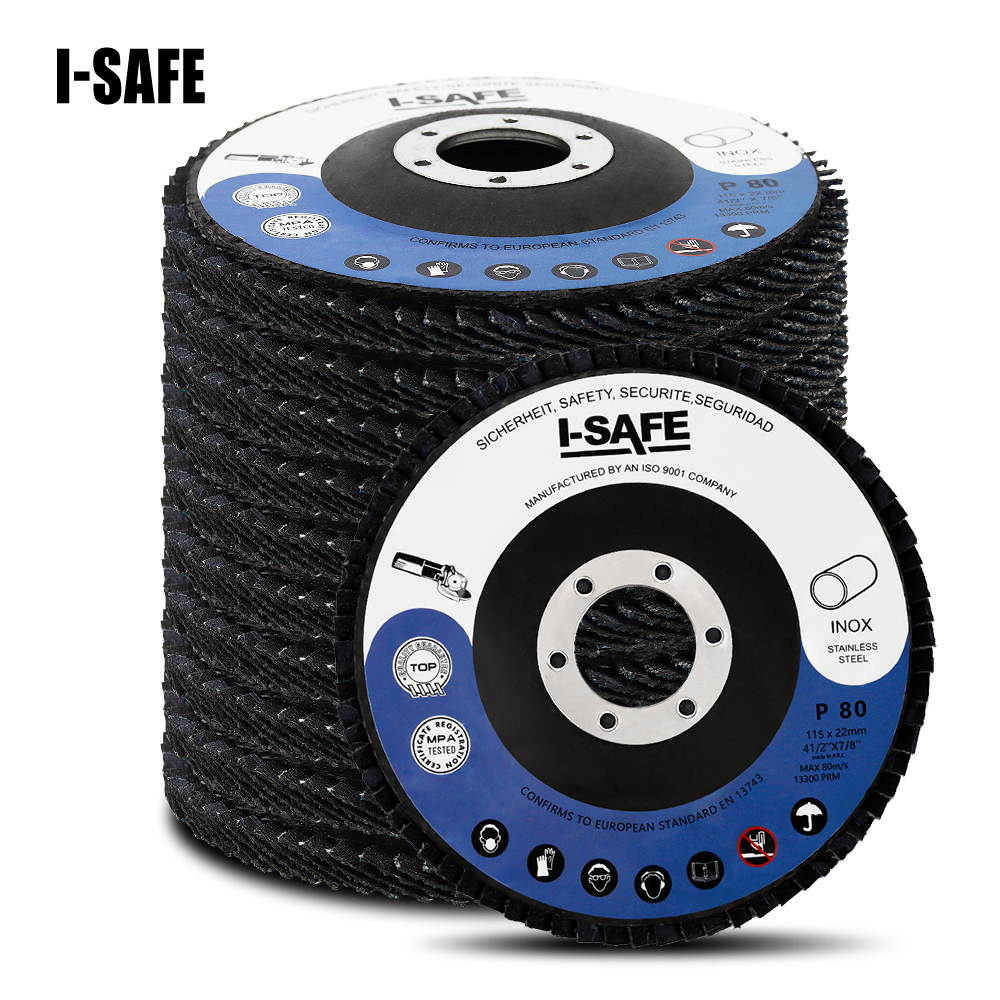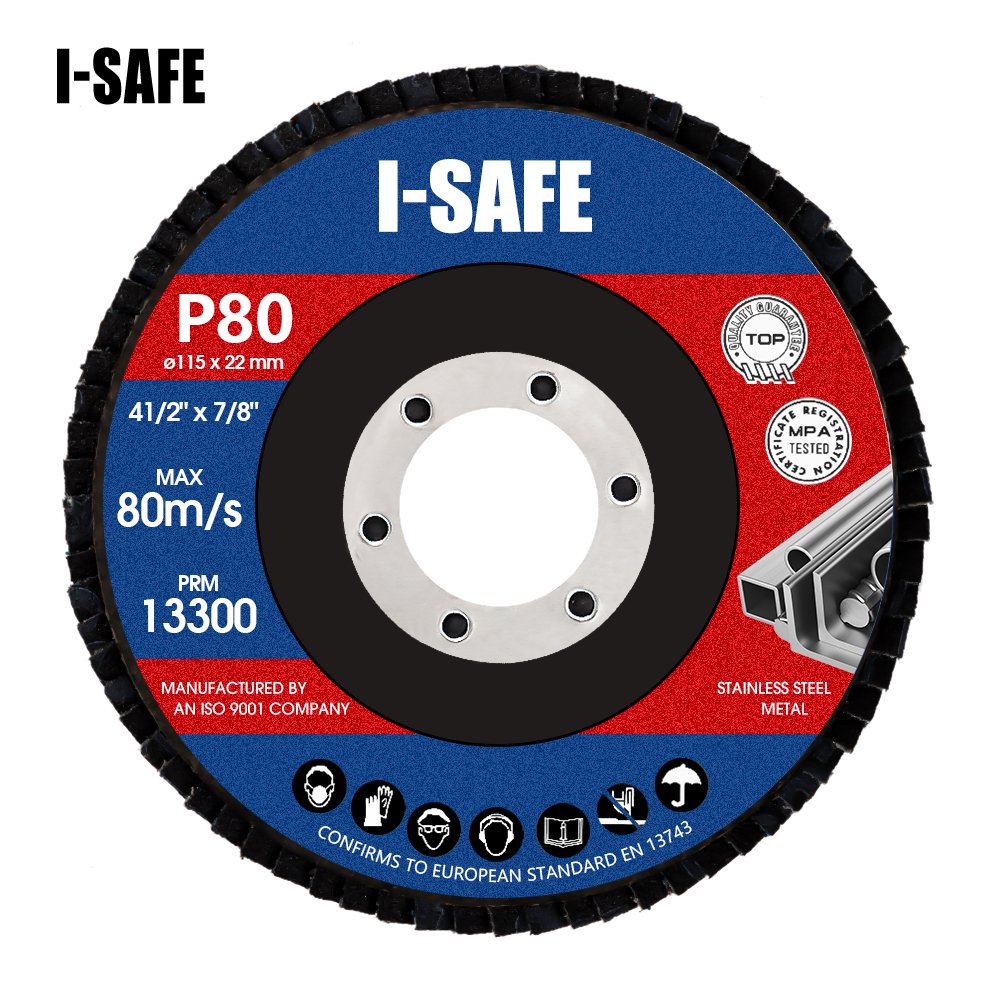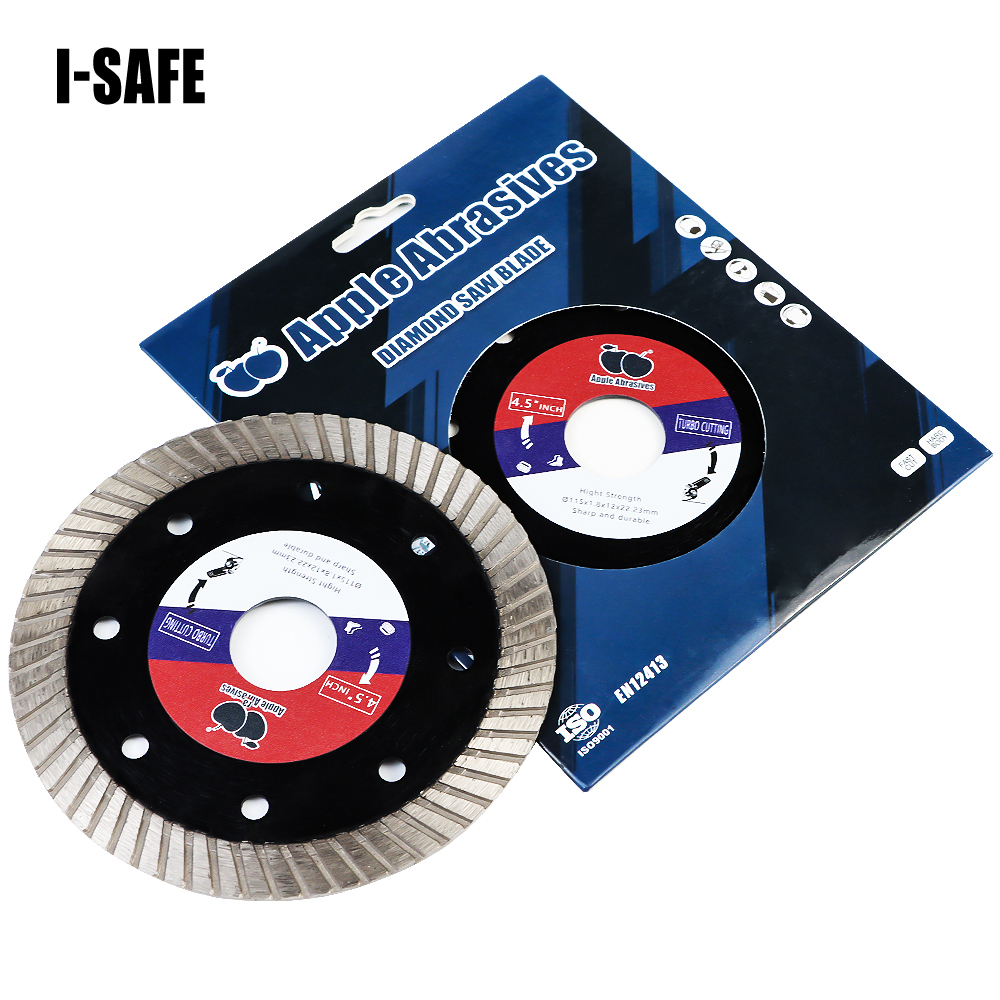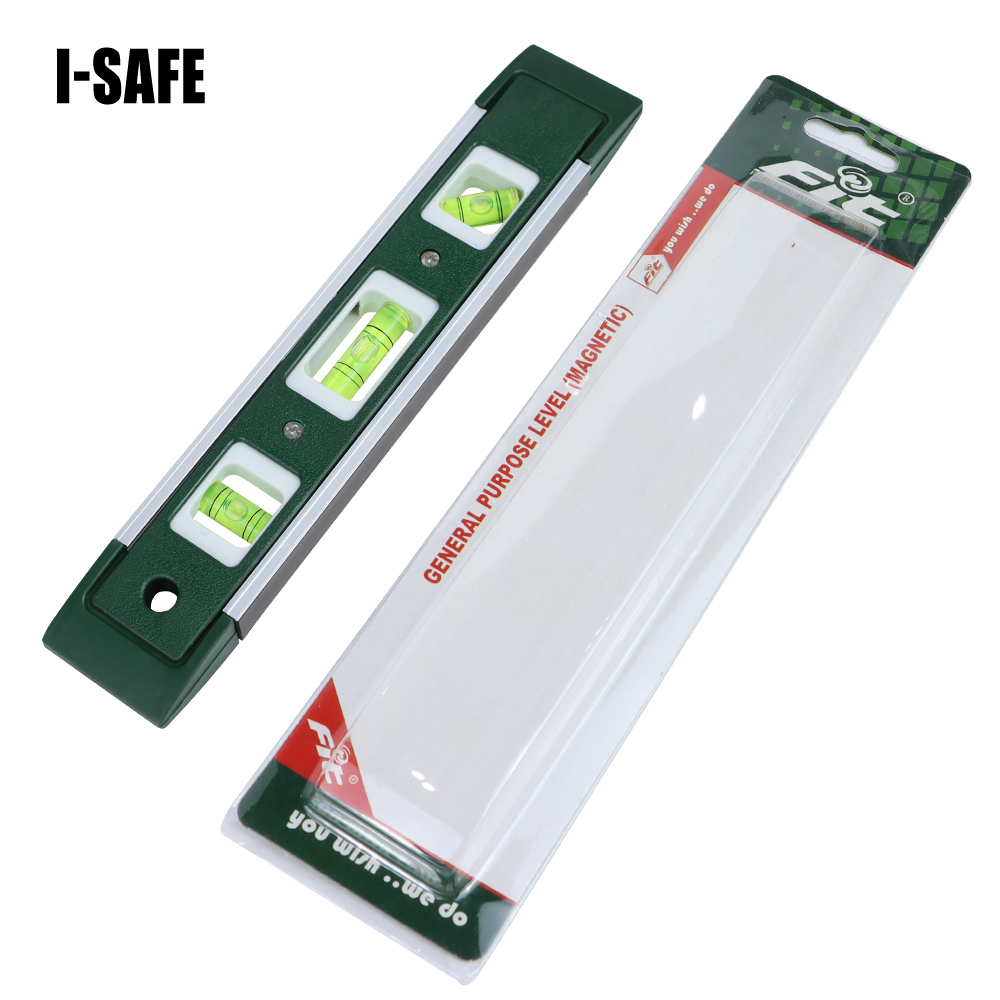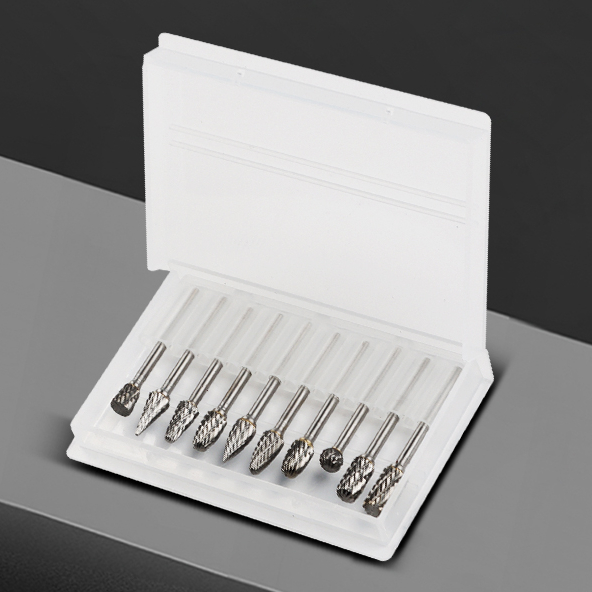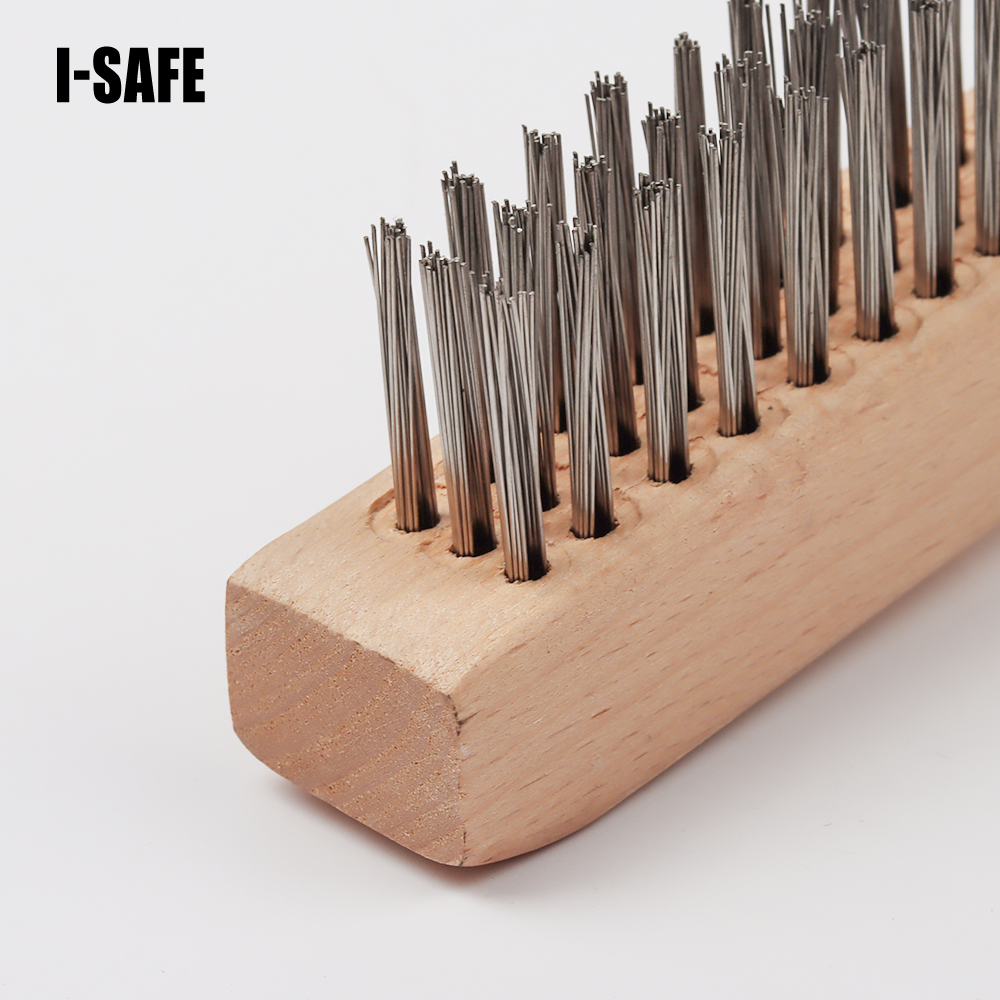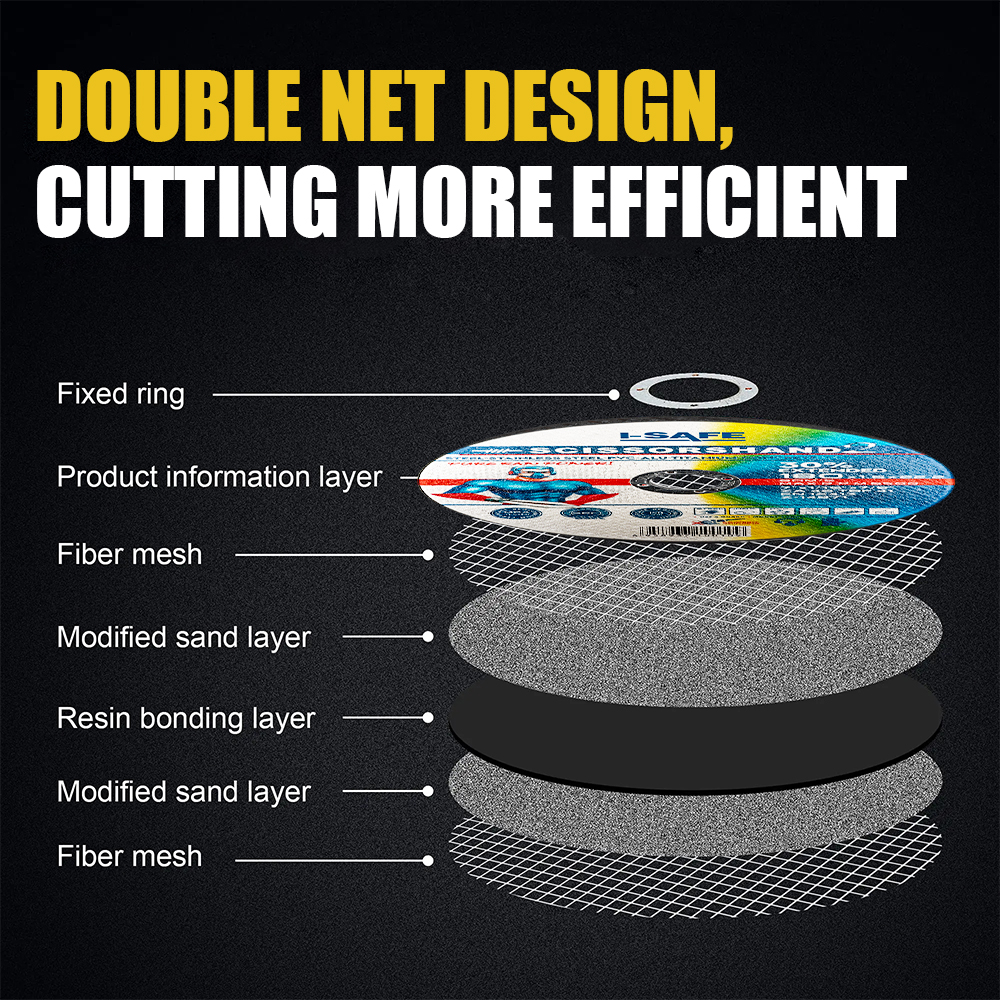Spirit levels, also known as bubble levels, are tools used to determine the horizontal or vertical level of a surface. They come in various types to suit different applications.
Here are some common types.

Handheld spirit level
This is the most common type, usually made of aluminum or plastic, with a length ranging from a few inches to several feet. It is lightweight and easy to carry, suitable for DIY enthusiasts and professionals alike. It can be used to check the level of small objects, such as picture frames, or to ensure the horizontality of countertops and shelves during installation.
Torpedo spirit level
Named for its torpedo - like shape, this type of spirit level is short and compact, typically around 6 - 12 inches long. It is very portable and can be easily carried in a toolbox or pocket. It is often used for small - scale leveling tasks in tight spaces, such as leveling small pipes or electrical boxes.
Long spirit level
As the name suggests, long spirit levels are relatively long, usually 3 - 8 feet in length. They are used for checking the level of longer surfaces, such as walls, floors, and large pieces of furniture. Their length allows for more accurate leveling over greater distances, making them essential for construction and large - scale woodworking projects.
Magnetic spirit level
This type of spirit level has magnets attached to its bottom surface, which allows it to stick to metal surfaces. This is particularly useful in metalworking and automotive applications, where it can be easily attached to steel beams, engine blocks, or other metal components for leveling. The magnets ensure that the level stays in place, even on vertical surfaces, providing hands - free operation.
Digital spirit level
Digital spirit levels use electronic sensors to measure the angle of inclination and display the level reading on an LCD screen. They offer greater accuracy than traditional spirit levels, often with an accuracy of up to 0.01 degrees. Some digital spirit levels also have additional features, such as the ability to measure multiple angles, record and store data, and connect to a smartphone or computer for further analysis. They are commonly used in precision engineering, surveying, and high - end construction projects.


